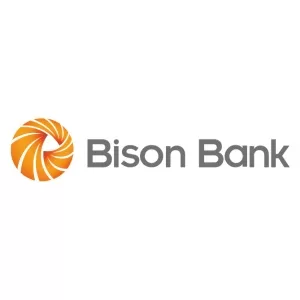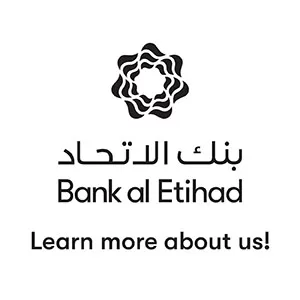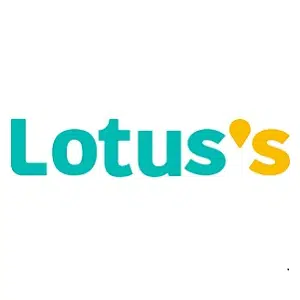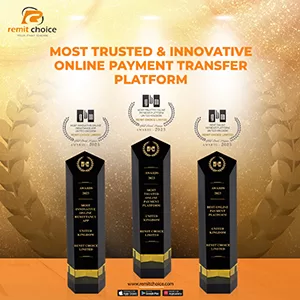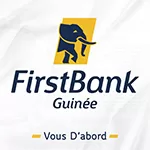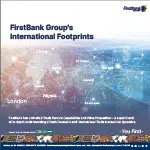Brand Strategy
Maximizing Project Management Success: Unveiling Effective Strategies for Excelling in the Execution Phase

Project management isn’t merely about creating outlines, setting deadlines, or delegating tasks. It’s about guiding the birth and growth of a project, nurturing it from inception through to its successful conclusion. At the heart of this journey lies the execution phase, the critical juncture where the rubber meets the road.
This is where plans evolve into action, and it requires a delicate balance of precision, adaptability, and communication. More importantly, it’s part of the process where challenges arise thick and fast, requiring project managers to navigate with both skill and diplomacy. In this article, we will unpack the key strategies that project managers can employ to excel during this crucial phase, providing a roadmap to successful project delivery.
Establishing Clear Project Alignment
Fundamental to the success of any project is the principle of project alignment. This starts with a well-defined project charter, a document that succinctly communicates the project’s goals, objectives, and expectations to all stakeholders. This charter isn’t just a file to be stored away; it should be a living document, referred to and updated as necessary throughout the project’s lifecycle.
To ensure effective dissemination of the charter, a comprehensive kickoff meeting is essential. It’s here that roles and responsibilities are clarified, questions are answered, and everyone is aligned toward the project’s objectives. The importance of this alignment cannot be overstated—it reduces conflicts, mitigates misunderstandings, and promotes seamless collaboration.
Building a Resilient Project Team
A resilient team, capable of adapting to challenges and maintaining productivity under pressure, can effectively steer the project toward its objectives. One great option for creating such a team is to consider the benefits of a hybrid workplace, which combines the advantages of both remote and in-office work.
A hybrid workplace can foster a dynamic and flexible collaborative environment. Open communication channels and a culture of feedback are vital, ensuring the active involvement of all team members, regardless of their location. The hybrid model provides each team member with clear responsibilities and accountabilities, promoting a sense of ownership and engagement in a unique balance of virtual and physical interactions.
Moreover, it’s important to provide recognition and celebration of achievements, both big and small, in diverse and inclusive ways. This can further boost team morale, motivate continued effort, and foster a sense of camaraderie, whether team members are in the office or at home. After all, a project’s success is a collective achievement, and every contribution matters.
Navigating Scope Creep
Scope creep is a common challenge in project management. It refers to the tendency for the project’s scope to expand beyond its original objectives. While changes are inevitable during the execution phase, unchecked scope creep can lead to resource strain, timeline delays, and potential project failure.
The saga of the Sydney Opera House construction is a classic illustration of this in action. The initial estimate for the project was AUD 7 million with a completion date projected for 1963. However, despite intensive planning, the project encountered unforeseen challenges and underwent multiple design changes. As a result, it reached completion in 1973, over a decade after its projected deadline, and a final cost of AUD 102 million—more than 14 times the original estimate. Ouch!
To effectively manage scope creep, project managers need to implement robust change management processes. These processes should involve evaluating and controlling scope changes, balancing the need for flexibility with the imperative to stay on track with project timelines, resources, and deliverables. By adopting an agile approach, project managers can accommodate necessary changes while maintaining focus on the project objectives. It’s about being flexible, yet focused—adaptable, yet aligned.
Cultivating Trust and Preventing Misunderstandings
Stakeholders, whether they are clients, upper management, or external vendors, have a vested interest in the project’s outcome. Keeping them informed and engaged is a crucial part of the execution phase. Transparent communication with stakeholders involves regular progress updates, addressing concerns promptly, and ensuring that they have a clear understanding of the project’s status at all times.
This transparency can build trust, prevent misunderstandings, and pave the way for effective collaboration. In today’s digital age, various collaboration platforms can provide real-time visibility into project status and milestones, further enhancing transparency and stakeholder engagement.
Utilizing Effective Risk Management
Risk is an inherent part of any project. Even with meticulous planning and coordination, unexpected hurdles may arise during the execution phase. Therefore, a crucial strategy to excel in project management is employing effective risk management.
Risk management involves the identification, assessment, and prioritization of potential project risks, followed by the coordinated and economical application of resources to minimize, monitor, and control the probability or impact of unforeseen events. A well-planned risk management strategy not only prepares the team for possible setbacks but also provides a contingency plan to keep the project on track, even in the face of adversity.
Creating a risk management plan at the beginning of the project and regularly updating it throughout the project lifecycle can ensure that surprises are kept to a minimum. Using tools such as risk matrices or risk registers can help track potential risks and their mitigation strategies.
Final Word
Project management is as much an art as it is a science, requiring project managers to balance methodical planning with intuitive adaptability. By leveraging these insights, project managers can confidently navigate the execution phase, delivering projects that meet objectives, satisfy stakeholders, and stand as a testament to their project management prowess. The journey through the execution phase may be intricate, but armed with these strategies, project managers can ensure their journey is a successful one.






